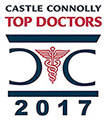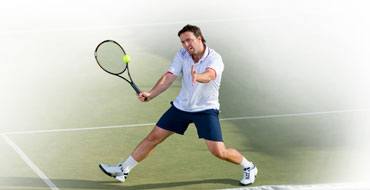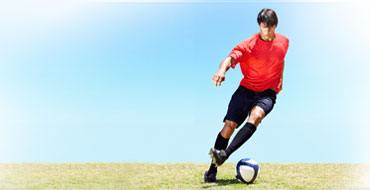Broken Collarbone
The clavicle or the collarbone is the bone that connects your sternum or breastbone to your shoulder. Clavicle fracture, also called broken collarbone is a very common sports injury seen in people who are involved in contact sports such as football and martial arts as well as impact sports such as motor racing.
Causes
A broken collarbone normally occurs after a fall onto the shoulder or a motor vehicle accident. The most common sports associated with clavicle fractures include football, hockey, and skiing.
Symptoms
A broken collarbone most often causes pain, swelling and bruising over the collarbone. Pain increases with shoulder movement. Your shoulder may be slumped downward and forward. You may also have a bump around the area of the break. You may hear a grinding sound when you try to raise your arm.
Diagnosis
To diagnose a broken collarbone, your doctor will take a brief history, about the injury, and perform a physical examination of your shoulder. An X-ray of the clavicle is taken to identify the location of the fracture. Your doctor may also recommend a computerized tomography (CT) scan in some cases.
Conservative Treatment Options
Most broken collarbones heal without a surgery. An arm sling may support the arm and hold the bones in their normal position. You may also be given pain medications to relieve the pain. After your pain reduces your doctor may recommend gentle shoulder and elbow exercises to minimize stiffness and weakness in your shoulder. Follow up with your doctor until your fracture heals.
Surgery
Surgery may be required in case of displaced fractures. Surgery is performed to re-align the fractured ends and stabilize them during healing. Surgery often involves use of pins or plates and screws to maintain proper position of the bone during healing.
Plates and Screws fixation
During this surgical procedure, your surgeon will reposition the broken bone ends into normal position and then uses special screws or metal plates to hold the bone fragments in place. These plates and screws are usually left in the bone. If they cause any irritation, they can be removed after fracture healing is complete.
Pins
Placement of pins may also be considered to hold the fracture in position and the incision required is also smaller. They often cause irritation in the skin at the site of insertion and have to be removed once the fracture heals.












